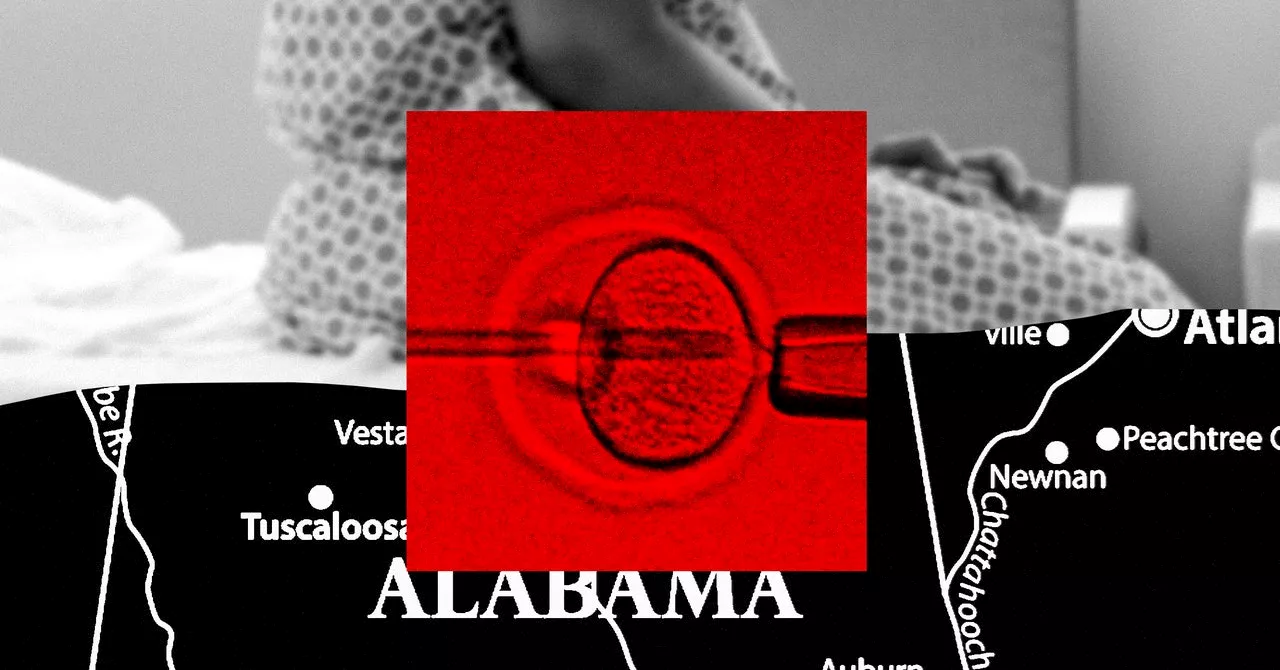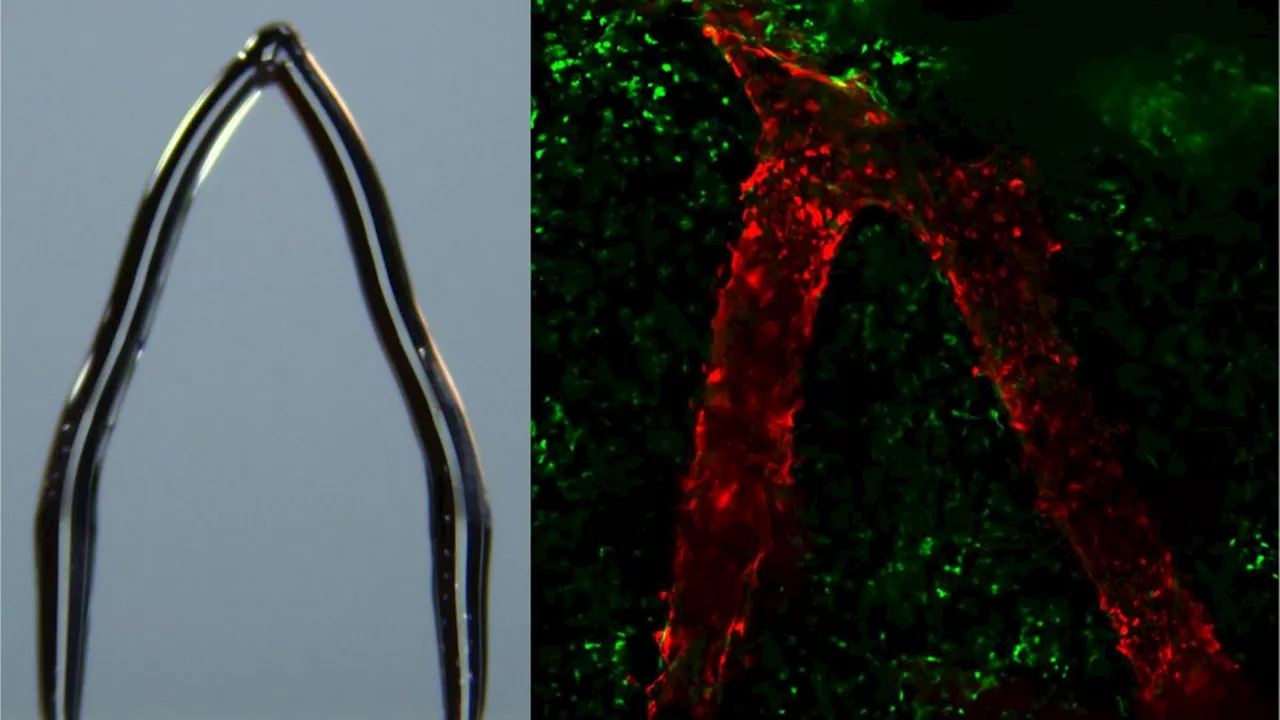Scientists have developed an optical display based on mechano-optical mechanisms.
Optical properties of afterglow luminescent particles in mechanoluminescence and mechanical quenching have attracted great attention for diverse technological applications. Recently, a team of researchers from Pohang University of Science and Technology has garnered attention by developing an optical display technology with ALPs enabling the writing and erasure of messages underwater.
In this research, the team delved into the impact of trapped electrons and recharging on both mechanoluminescence and quenching. They successfully unraveled the mechanisms governing both phenomena. Building on this understanding, they combined ALPs capable of simultaneously realizing both phenomena with a very thin polymeric material . This combination resulted in the creation of an optical display patch that can be attached to the skin.
Professor Sei Kwang Hahn who led the research stated,"It could serve as a communication tool in situations with limited communication options such as underwater environments characterized by low light or high humidity." He further remarked,"It would be also used for wearable photonic biosensors and phototherapy systems in extreme environments."
Researchers have developed a new all-optical method for driving multiple highly dense nanolaser arrays. As described in Optica, the approach could enable chip-based optical communication links that ...
United Kingdom Latest News, United Kingdom Headlines
Similar News:You can also read news stories similar to this one that we have collected from other news sources.
 Alabama IVF Patients Are Running Out of Time“I feel so powerless in this state.”
Alabama IVF Patients Are Running Out of Time“I feel so powerless in this state.”
Read more »
 Philly City Council on SEPTA shootings: ‘This is a crisis at every level’“I am feeling powerless and shrouded by a pull of desperation,” said Councilmember Anthony Phillips.
Philly City Council on SEPTA shootings: ‘This is a crisis at every level’“I am feeling powerless and shrouded by a pull of desperation,” said Councilmember Anthony Phillips.
Read more »
 Could fiber optic cable help scientists probe the deep layers of the moon?An increasing number of seismologists are using fiber optic cables to detect seismic waves on Earth -- but how would this technology fare on the Moon, and what would it tell us about the deep layers of our nearest neighbor in space?
Could fiber optic cable help scientists probe the deep layers of the moon?An increasing number of seismologists are using fiber optic cables to detect seismic waves on Earth -- but how would this technology fare on the Moon, and what would it tell us about the deep layers of our nearest neighbor in space?
Read more »
 'Ice printing' tiny sculptures could help scientists engineer blood vesselsNicoletta Lanese is the health channel editor at Live Science and was previously a news editor and staff writer at the site. She holds a graduate certificate in science communication from UC Santa Cruz and degrees in neuroscience and dance from the University of Florida.
'Ice printing' tiny sculptures could help scientists engineer blood vesselsNicoletta Lanese is the health channel editor at Live Science and was previously a news editor and staff writer at the site. She holds a graduate certificate in science communication from UC Santa Cruz and degrees in neuroscience and dance from the University of Florida.
Read more »
 Scientists Discover New Life-Saving Benefit of Ozempic and SemaglutideScience, Space and Technology News 2024
Scientists Discover New Life-Saving Benefit of Ozempic and SemaglutideScience, Space and Technology News 2024
Read more »
 Idaho Lake Deposits Could Give Scientists Insight Into Ancient Traces Of Life On MarsThe key to understanding life on other planets could be hidden on our own.
Idaho Lake Deposits Could Give Scientists Insight Into Ancient Traces Of Life On MarsThe key to understanding life on other planets could be hidden on our own.
Read more »
